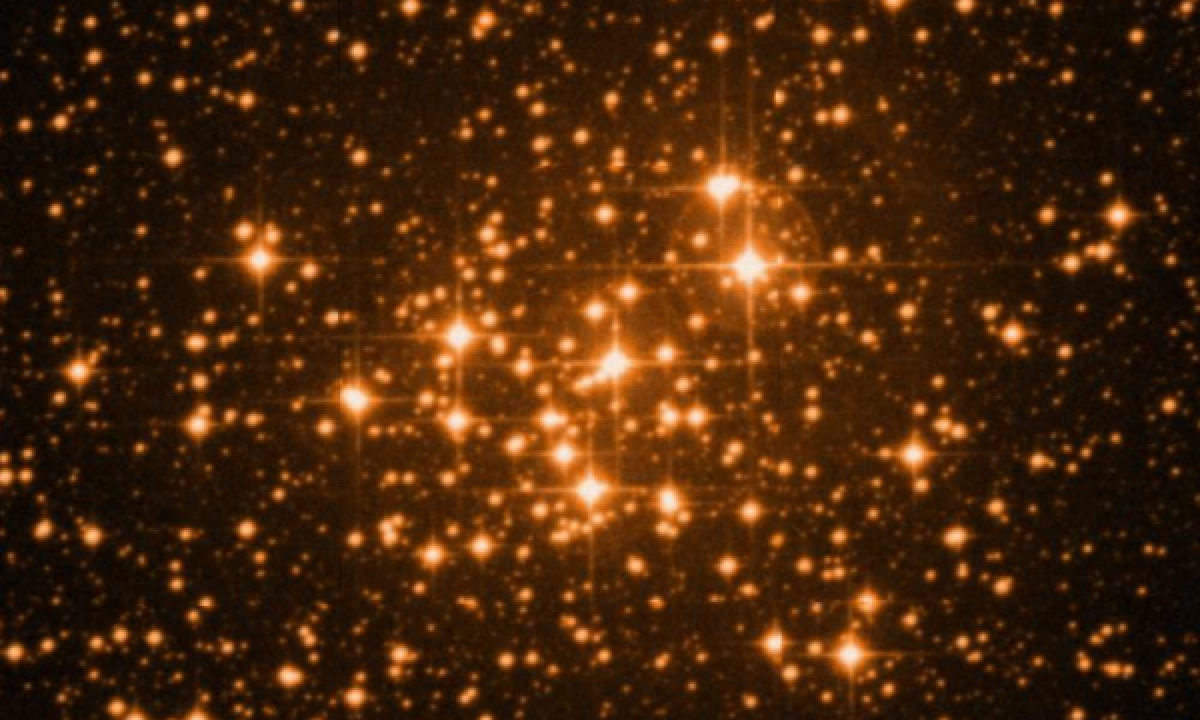The New General Catalogue of Nebulae and Clusters of Stars (abbreviated as NGC) is a catalogue of deep-sky objects compiled by John Louis Emil Dreyer in 1888. The NGC contains 7,840 objects, known as the NGC objects. It is one of the largest comprehensive catalogues, as it includes all types of deep space objects, including galaxies, star clusters, emission nebulae and absorption nebulae.
Know more about NGC
NGC 6231

NGC 6231 (also known as Caldwell 76 or the Baby Scorpion Cluster) is an open cluster in the southern sky located half a degrees north of Zeta Scorpii. NGC 6231 is part of a swath of young, bluish stars in the constellation Scorpius known as the Scorpius OB1 association. The star Zeta1 (HR 6262) is a member of this association, while its brighter apparent partner, Zeta2 (HR 6271), is only 150 ly from Earth and so is not a member. This cluster is estimated to be about 2–7 million years old, and is approaching the Solar System at 22 km/s. The cluster and association lie in the neighboring Sagittarius Arm of the Milky Way. Zeta1 Scorpii (spectral type O8 and magnitude 4.71.) is the brightest star in the association, and one of the most radiant stars known in the galaxy. NGC 6231 was used to measure the binary fraction of B-type stars: 52 ± 8%, indicating that B-type stars are commonly found in binary systems, but not as commonly as in O-type stars. NGC 6231 also includes three Wolf-Rayet stars: HD 151932, HD 152270, and HD 152408.
More Images:

Sources:
Wikipedia Page: NGC 6231
NGC 6231 at In-The-Sky website
